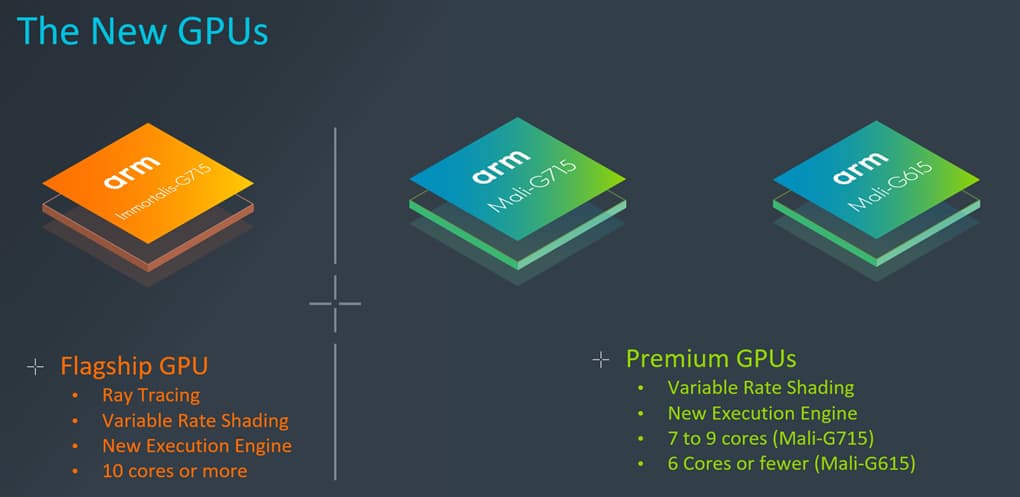
Ray-tracing is the hot new thing in the gaming world, being a key part of modern PC GPUs and the latest generation of consoles. Now, Arm is making a push to make ray-tracing more popular on Android smartphones, with the new “Immortalis” GPU.
Arm Immortalis brings ray tracing to Android
Announced today, the Immortalis-G715 is a GPU for mobile chipsets and the first from Arm to support hardware-based ray tracing.
The Immortalis-G715 is Arm’s new flagship GPU, and as such it delivers no-compromise performance. The design is built on top of the typical Mali architecture, but in this case with between 10 and 16 cores available. Arm says the new GPU should get a boost of around 15% over its previous high-end GPU, while also being 15% more energy efficient.
According to Arm, we’ll see smartphones with this GPU attached to their chips starting in early 2023, which points to this GPU being attached to future MediaTek chips – Qualcomm uses its in-house Adreno GPU designs.
Alongside the Immortalis-G715, Arm is also announcing the Mali-G715 and Mali-G615. The main differences with these lower-end GPUs are the lack of ray-tracing, firstly, but also the core counts. The Mali-G715 has a core count between seven and nine, while the G615 will have less than six cores.

What is ray tracing anyway?
And is this the first GPU on Android to support it?
What is ray tracing? The tech that was first popularized on PC games is a technique that focuses on making lighting effects look more realistic. This could show as lighting that better hits a subject based on a scene, or lighting reflections on the ground or in glass.
As Nvidia succinctly summarizes:
Ray tracing is a method of graphics rendering that simulates the physical behavior of light.
As The Verge points out, Arm already offered ray-tracing support on last year’s Mali-G710 GPU, but it was purely software-based. This is the first time Arm is using hardware-accelerated ray-tracing in a GPU designed for Android devices.
Arm explains, and provided a video demo of ray-tracing in action on the Android-focused GPU.
Immortalis-G715 is the first Arm GPU to offer hardware-based Ray Tracing support designed specifically for mobile. Ray Tracing is a computer graphics technique that generates realistic lighting and shadows by modeling the paths that individual light rays take around a scene. Essentially, this delivers more realistic gaming experiences.
However, while this is Arm’s first hardware-accelerated GPU with ray-tracing, it’s not the first one we’ve seen. Samsung’s Exynos 2200 includes a GPU built-in collaboration with AMD and supports hardware-accelerated ray tracing.
With Samsung and Arm now pushing ray-tracing, it’s certainly great news as far as support for the feature goes. Surely, it will lead to more Android games adopting support, but only time will tell as, currently, the feature is still rarely taken advantage of outside of PC games.
Epic Games is already putting support behind Arm’s new ray-tracing GPU, meaning games based on Unreal Engine will have a pretty easy time taking advantage of it. Unity is also supporting the efforts.
More on Android:
- Asus ROG Phone 6 coming July 5 with water resistance and another crazy cooling fan
- You can play these Android games with your Netflix subscription
- Google is addressing Android’s power management issues with community help
FTC: We use income earning auto affiliate links. More.




Comments